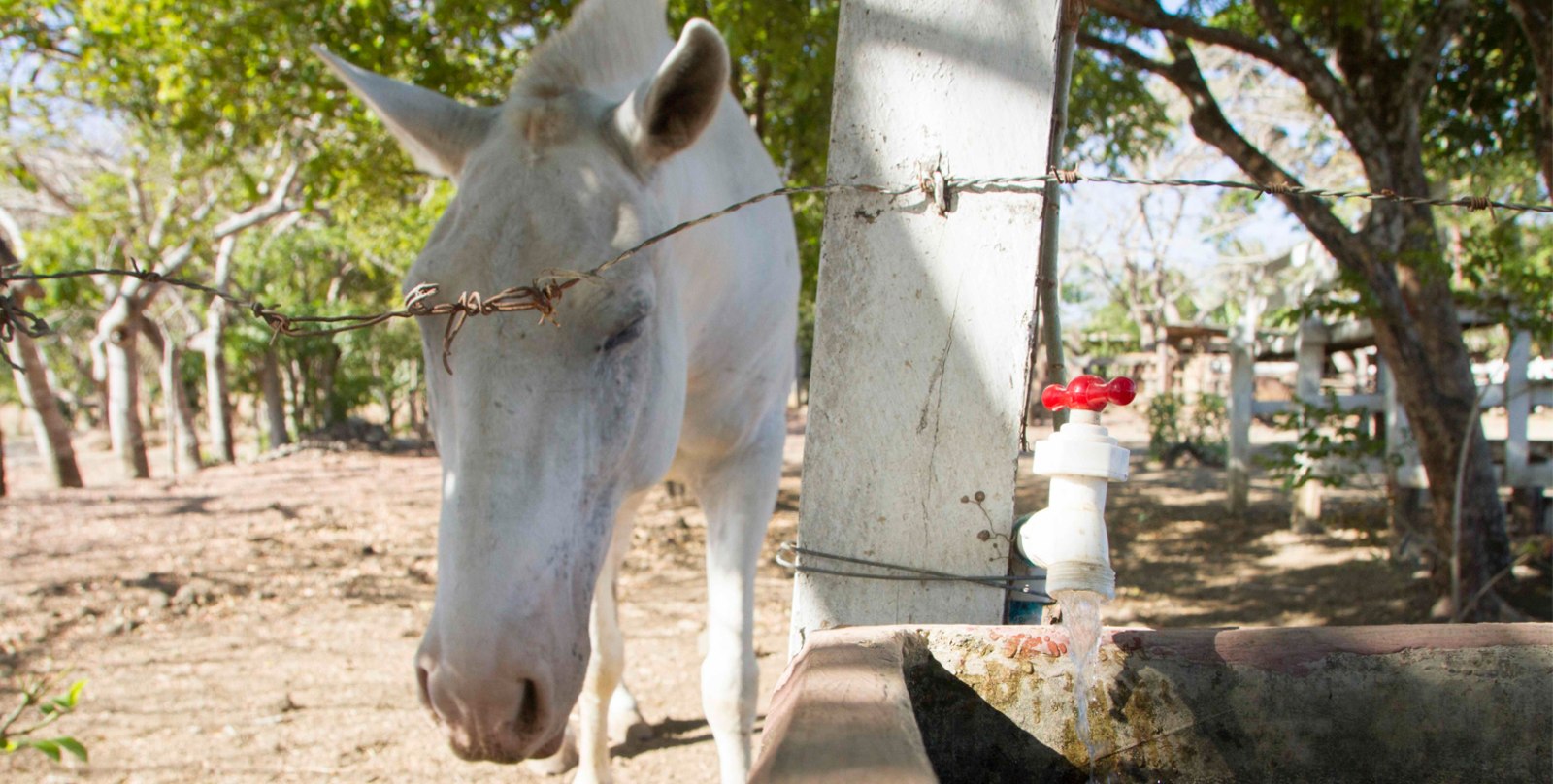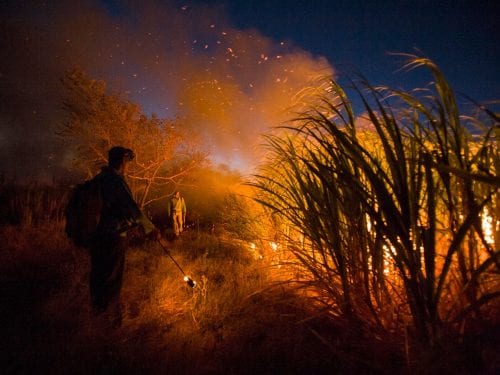
The subject of water and droughts in Guanacaste remains the topic of conversation of local and international scientific research. On April 15th and 16th, FuturAgua brought together 81 people related to water management in Guanacaste, to present eight research projects that seek to help them make decisions based on real data.
The meeting was called “Compartiendo conocimientos para fortalecer la adaptación a la sequía en Guanacaste” (Sharing Knowledge to Strengthen Adaptation to Drought in Guanacaste) and was organized by the research project FuturAgua.
The studies carried out involve measurement and analysis of available data of temperatures, rainfall, the amount of water that evaporates from crops and the level of water in rivers and wells in order to estimate the amount of water available currently and in the future.
FuturAgua also conducts socio-economic studies with information like public perception of the impacts of drought and of the conflicts over water in Guanacaste in order to analyze water management, decision making and strategies to adapt to drought.
For example, Douw Steyn, from the University of British Columbia (UBC), presented a statistical analysis of historical rainfall records (1977-2013) from five meteorological stations in Guanacaste. The results identified a pattern that describes the distribution of rainfall in Guanacaste and facilitates the short-term prediction of rainfall (3 years).
These results will be used to improve long-term predictions, which will make it possible to estimate changes in rainfall that could occur in the province related to climate change.
Additionally, since 2014, Silja Hund and Mark Johnson, from UBC, have established a network for monitoring the water level of rivers and wells in the Potrero-Caimital water basin, which is the main source of water supply for domestic use for the cities of Nicoya and Hojancha.
Currently the study is supplementing the necessary data to compare water use with current availability.
In 2014, Matthew Babcock and Gabrielle Wong-Parodi, from Carnegie Mellon University (CMU), completed a study whose results indicate that industries such as hydroelectric and agricultural companies use weather forecasts to plan production activities in Guanacaste, while groups such as ASADA water boards and small farmers do not.
Nazareth Rojas, a researcher at the National Meteorological Institute, presented the results of risk analysis of Guanacaste’s hydraulic resources.
These results indicate that Guanacaste has the highest risk of being affected by droughts in Costa Rica, while the cantons of Nicoya, Cañas and La Cruz are the cantons that show a greater risk.
On the other hand, Andrea Suarez, director of HIDROCEC-UNA, shared the results of the calculation of the province’s hydrological footprint as well as the national distribution of aqueducts by administrative entity.
According to Suarez, the annual domestic consumption in Guanacaste is equivalent to 400 liters per person per day.
Regarding the hydrological footprint for agriculture, rice showed the highest value at 2,096,000 liters per ton. In addition, Suarez reported that most of the country’s 2318 aqueducts are administered by ASADAs (81%), municipalities (10%) and AyA (8%). However, when comparing coverage to population, the majority of people are served by aqueducts managed by AyA (50%) and only 29% of the population uses wells administered by ASADAs.
FuturAgua is an integrated research project by the Tropical Agricultural Research and Education Center (CATIE- Centro Agronómico Tropical de Investigación y Enseñanza), the International Center for Cooperation in Agricultural Research for Development (CIRAD- Centro Internacional de Cooperacion en Invstigacion Agricola para el Desarrollo), University of British Columbia (UBC) and Carnegie Mellon University (CMU).
In addition, FuturAgua is supported by an advising council of local players composed of the Tempisque Conservation Area (ACT- Area de Conservacion Tempisque), Nicoyagua Foundation, the Municipality of Nicoya, the National University, the Chamber of Livestock Ranchers, AyA Nicoya and ASADAs.
Pavel Bautista Solis is a Researcher and Associate Coordinator of CATIE and FuturAgua.







Comments